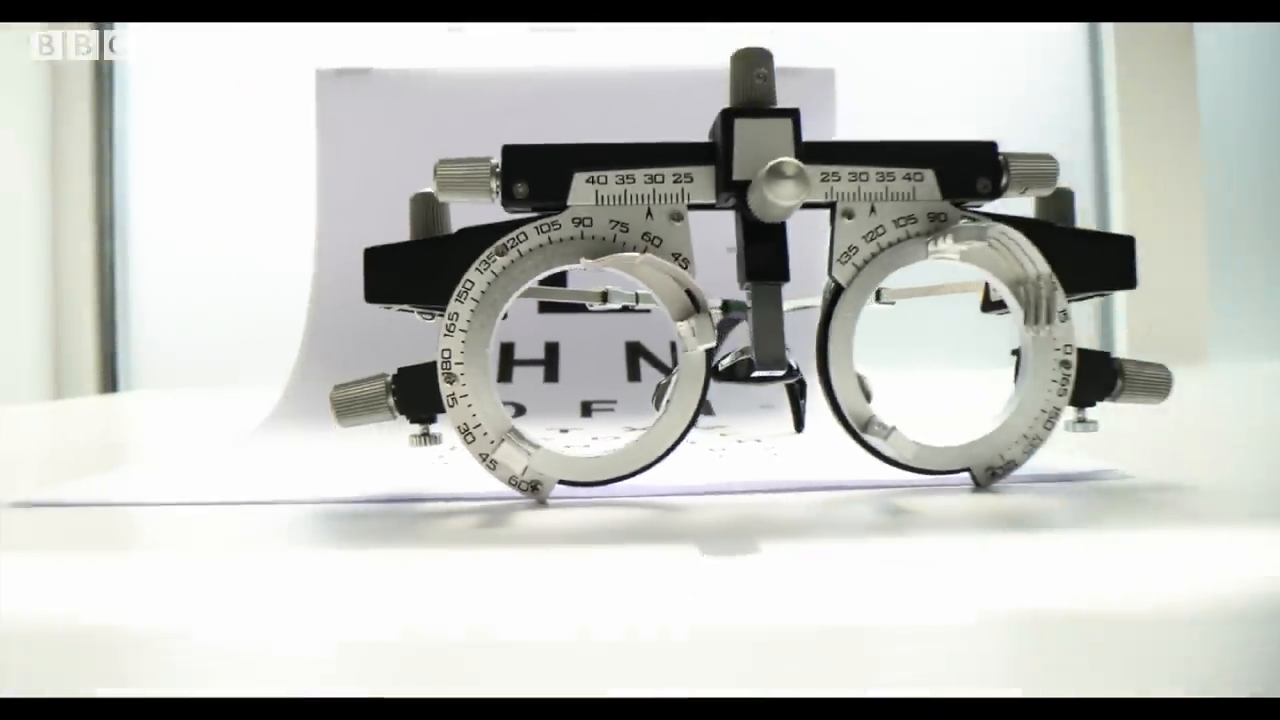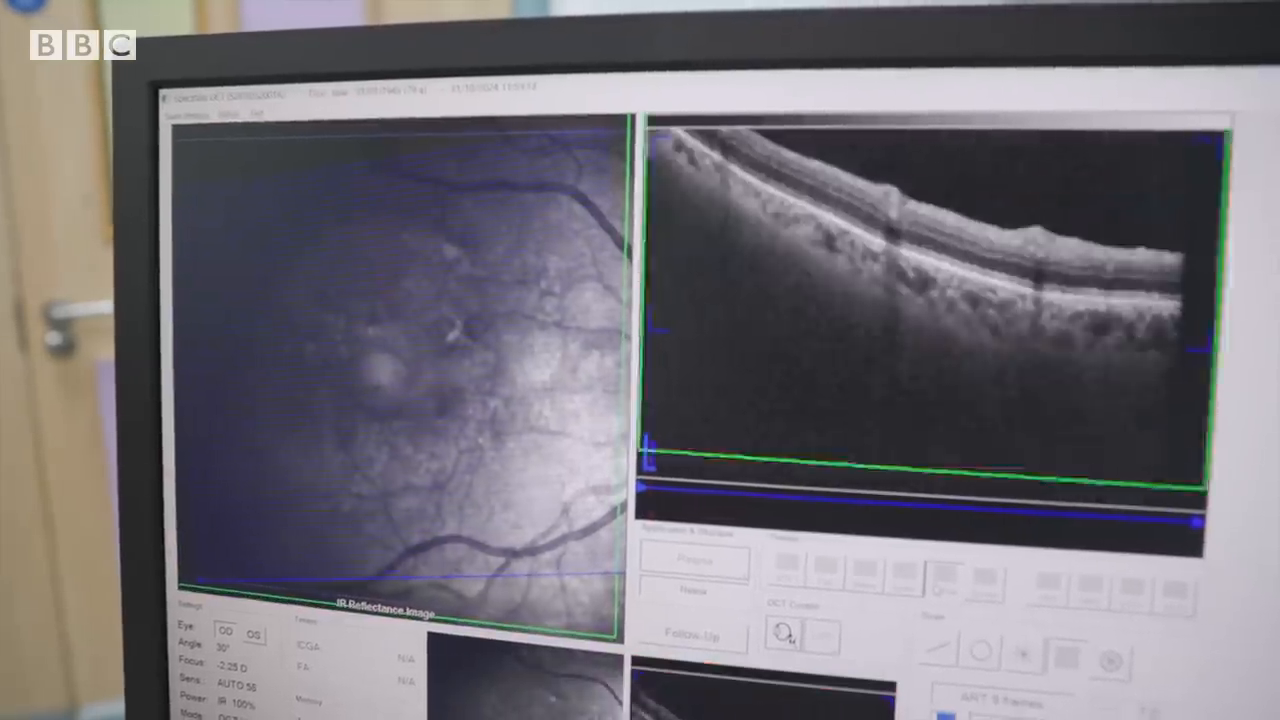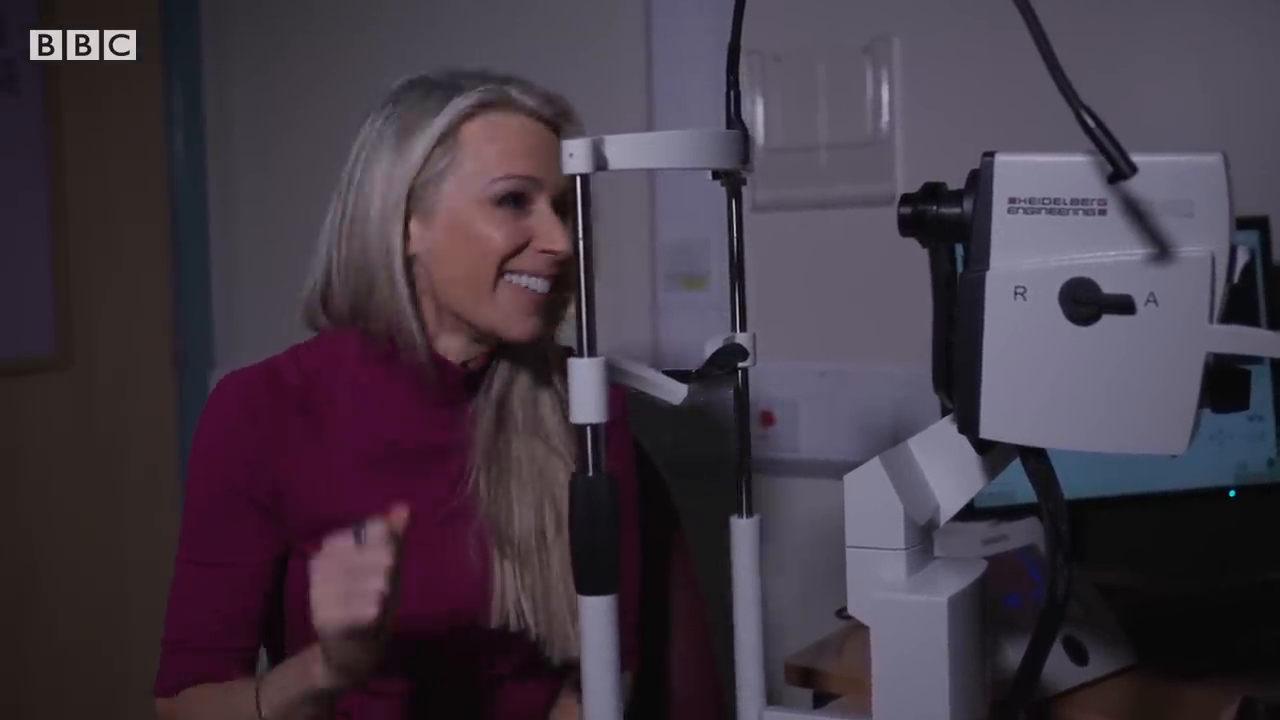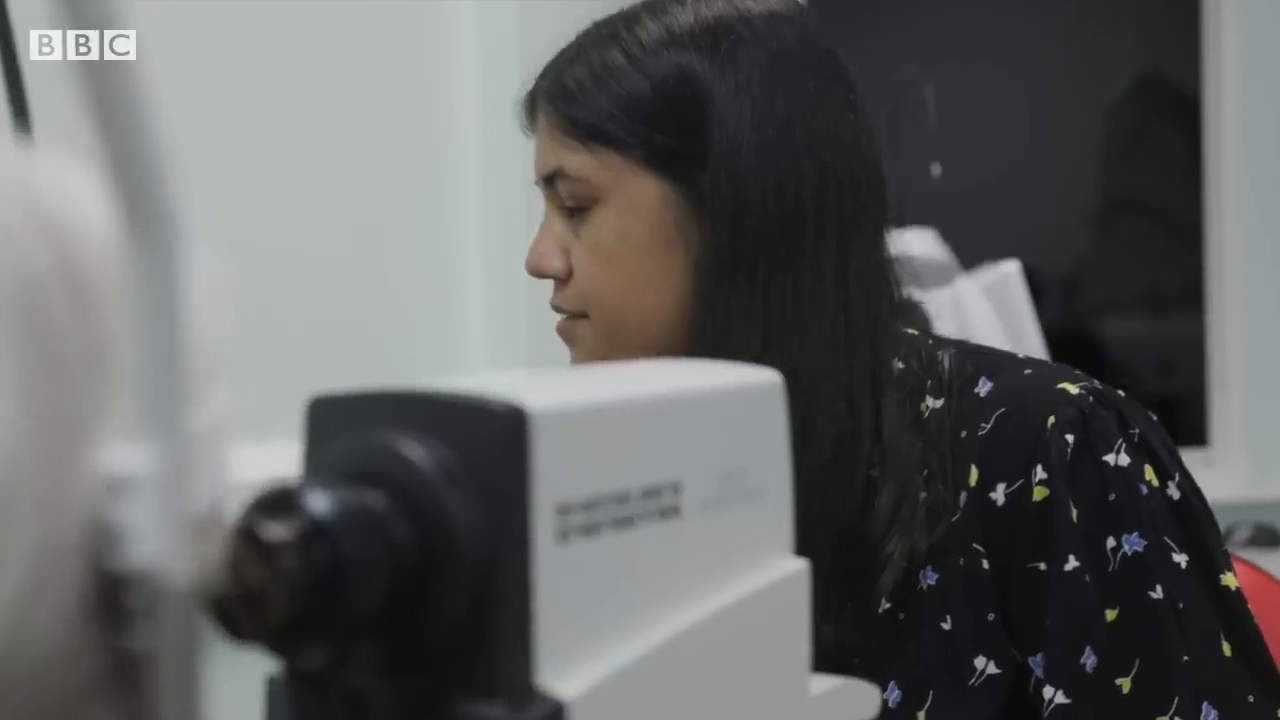AI and eye health: Revolutionizing diagnostics with retinal scans
The eyes have long been described as "windows to the soul," but modern advancements in artificial intelligence (AI) are revealing that they hold the potential to serve as much more. As researchers push boundaries, they are uncovering groundbreaking uses for retinal scans, not just for maintaining eye health but for diagnosing systemic health conditions and even predicting diseases earlier than current methods allow.

A simple eye exam leveraging AI could unlock critical health insights.
Retinal scans: More than meets the eye
Every year, approximately 20 million eye tests are conducted across the UK, primarily to improve vision through corrective lenses. However, these eye tests are on the verge of transforming into a much broader diagnostic tool. Retinal scans, which are becoming increasingly commonplace during eye checkups, are now paving the way for profound health applications.
Retinal imaging has already proven effective in identifying eye-related conditions such as macular degeneration or glaucoma, which can lead to blindness if left untreated. But researchers are asking: could these scans reveal even more?
AI is at the forefront of this question. At institutions like the UCL Institute of Ophthalmology and Moorfields Eye Hospital, scientists are exploring whether retinal scans can help predict other systemic diseases, introducing an entirely new field of diagnostics: oculomics.
What is oculomics?
Oculomics is a newly coined term encompassing the ability to use the eye as a diagnostic gateway to the rest of the body. By analyzing retinal photographs, researchers can infer more than just the health of an individual's eyes. The retina, a nerve tissue located at the back of the eye, provides detailed biological data.
For instance, retinal images can predict factors like a person’s weight and blood pressure. But that’s just the beginning. Breakthrough research indicates that retinal scans could potentially detect early signs of Parkinson’s disease—on average, seven years earlier than traditional diagnostic methods.

AI’s ability to process large data sets makes predictive diagnostics possible.
Parkinson’s detection: A case study
Early diagnosis is critical, as it enables patients to access treatments and therapies that could improve their quality of life. Angela, who lives with Parkinson’s, describes the difficulties she faced due to a delayed diagnosis. Initially misdiagnosed and treated for cardiac problems, Angela lost over a year and a half that could have been spent addressing her neurological condition.
Angela explains that if technology like AI-assisted retinal scans had existed earlier, her Parkinson’s might have been detected sooner. "I could have gone for speech therapy earlier," she shared. "I could have enjoyed life better, maybe even gone around the world." This highlights the profound ripple effect that early detection and treatment could have on a patient’s life plans.

Angela shares how retinal imaging might have altered her Parkinson’s diagnosis timeline.
Retinal scans for Parkinson’s detection are simple to conduct yet yield transformative insights. Patients undergo non-invasive imaging where high-resolution photographs of the retina capture subtle changes not visible to the human eye. From there, these images are processed and compared against vast databases, powered by AI.
Exploring the retina's hidden landscape
The process of retinal scanning for diagnostics involves analyzing microscopic layers of the retina, sometimes only a micron (a thousandth of a millimeter) thick. While these layers can reflect signs of localized eye conditions, they also reveal systemic health issues, including diseases that originate in the brain. Diseases affecting the brain, such as Alzheimer’s or Parkinson’s, often show early indications in these inner retinal layers, long before symptoms manifest in other areas of the body.
This capability is further amplified by AI, which compares these scans to millions of anonymized images, creating robust benchmarks to detect abnormalities. For example, Moorfields Eye Hospital boasts a database of over 2 million anonymized scans, which researchers are leveraging to identify correlations and trends invisible to the naked eye.

AI processes minute changes in the retina’s layers to uncover potential health risks.
The power of national systems and big data
A significant advantage of using AI in retinal diagnostics is the integration of vast data systems. The UK’s National Health Service (NHS) offers researchers access to patient data through its national databases. The ability to cross-reference patients’ retinal scans with their broader medical records deepens the accuracy and relevance of AI findings. For instance, if a patient has a retinal scan in London but later experiences a stroke in Manchester, the data remains accessible for analysis.
Linking datasets in this way allows AI-powered models to identify patterns and correlations that previously went unnoticed, enabling the prediction of cardiovascular events, strokes, and even conditions like inflammatory bowel disease.
As Professor Pierce explains, “If you can begin to pick up diseases like this at an eye test, it has massive implications for screening and disease prevention.” Indeed, there’s growing optimism about the broader uses of retinal scanning across health conditions.

Integration with NHS data enables AI systems to excel in systemic disease predictions.
The future of systemic disease diagnostics
The exploration of retinal scans extends well beyond Parkinson’s. Current clinical trials by the research team are investigating whether oculomics and AI can accurately predict other systemic diseases, such as:
- Cardiovascular conditions, like strokes and heart attacks
- Respiratory problems, including lung disease
- Digestive system disorders, such as inflammatory bowel disease
The possibilities are exciting, as one simple eye scan could eventually serve as an early warning system for multiple life-altering conditions. This holds great potential for reducing healthcare costs and improving patient outcomes, with a shift towards proactive care instead of reactive treatment.
Addressing misgivings about AI
While AI in healthcare invites optimism, it also faces skepticism. Critics often highlight concerns about data privacy, machine errors, or the ethical challenges surrounding automation in medical decision-making. However, many patients, including Angela, remain optimistic about these breakthroughs.
"I feel it’s the way forward," Angela remarks. "We’d be very stupid to ignore it. Most of the press is actually good, and if it means getting diagnosed earlier, what’s not to like?”
Breakthroughs in medical technology offer hope for earlier, more accurate diagnoses.
This sentiment reflects broader public enthusiasm for AI advancements that enhance healthcare accessibility and effectiveness. Early diagnosis, particularly for conditions like Alzheimer’s or Parkinson’s, is often the difference between managing symptoms effectively and losing precious time to ineffective treatments or misdiagnoses.
Conclusion: Redefining healthcare through retinal imaging
Retinal imaging is poised to revolutionize modern healthcare, turning eye tests into diagnostic hubs for systemic diseases. With the integration of AI, technologies like oculomics have the potential to predict life-threatening conditions years before traditional methods would.
As more efforts focus on clinical trials and comprehensive data analysis, retinal imaging offers a glimpse of the future—a future where diseases like Parkinson’s, heart attacks, or strokes can be detected early, empowering patients to take charge of their health and make informed decisions. Coupled with advancements in AI and collaboration through systems like the NHS, the possibilities for widespread, transformative healthcare are endless.
The eyes may no longer only be windows to the soul—they are becoming windows to our health, our future, and our well-being.
